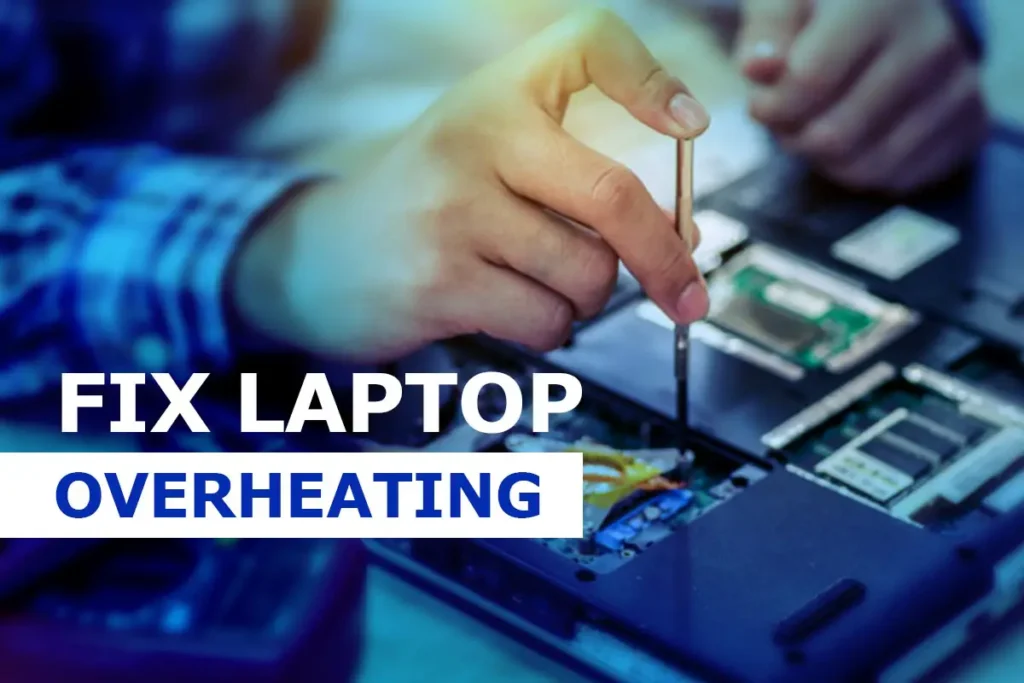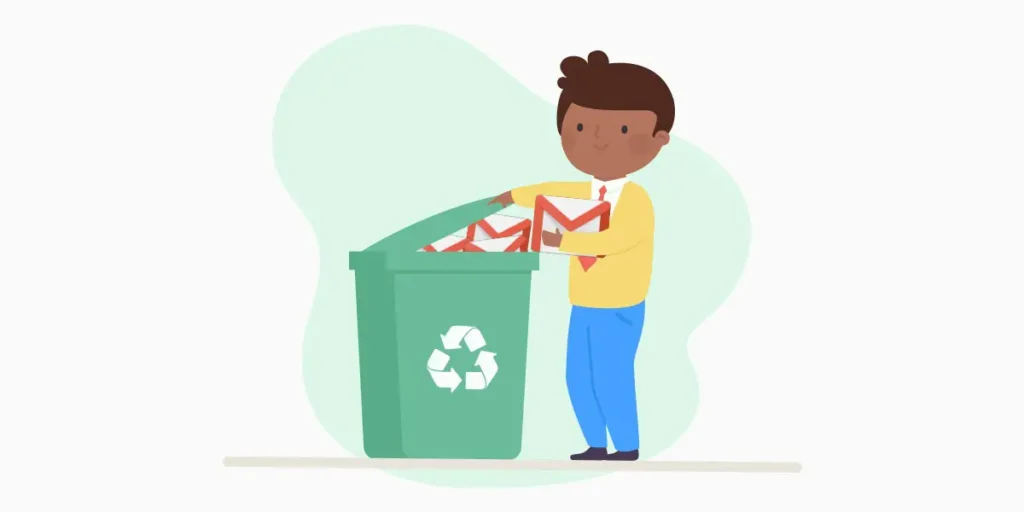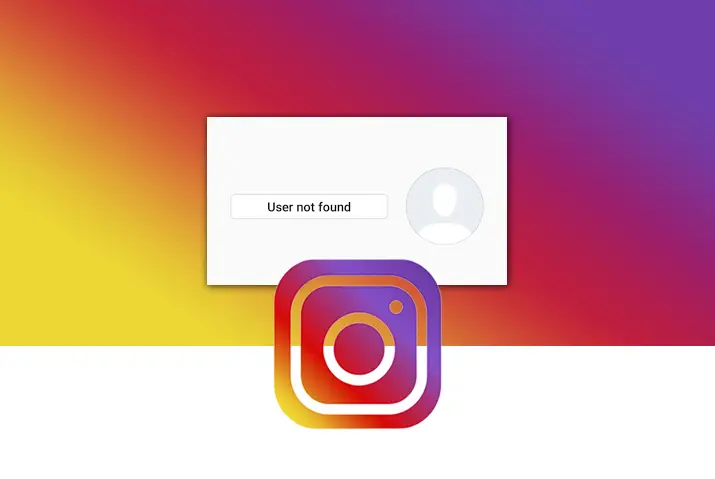As technology is growing, Laptops are becoming more compact and more powerful than ever before. Increased CPU performance with densely packed chips, increasing the number of processors, the addition of a stronger graphics card that supports higher resolution screen and many more come with a high cost: excessive heat. Desktop PC has an excellent thermal management system with a bigger heatsink that normalizes the temperature which you don’t get in laptops. However, there are certain things that you can do to fix an overheating laptop which I will be discussing in this article.
The greatest threat to your laptop is overheating, which can cause hardware failure and in the worst case can cause permanent damage to your laptop. Some of the techniques that I have mentioned in this article to fix an overheating laptop requires you to disassemble your laptop. So, before you start messing around with the hardware of your laptop, take time, and learn about your laptop first. You will find PDF or tutorials about dissembling your laptop.
Let me show you how you can prevent or fix an overheating laptop improving the performance and increases the lifespan of your laptop.
How do you know your Laptop is Overheating?
Just because the surface of your laptop seems to be hot does not means that it’s overheating. There isn’t enough room inside your laptop through which air can escape or circulate. Due to this reason, the surface of your laptop heats up. The thing you need to worry about is the core temperature rather than the surface temperature.
While using your laptop in normal modes, like surfing the internet or watching a movie, or doing your regular task does not utilize much of your processor. But when your laptop is in excess pressure, it is normal for the surface to heat up and your laptop’s cooling fan to run at maximum speed. However, it’s a clear sign that your laptop is overheating when the cooling fan always runs at maximum speed. You may also experience a drop in performance due to overheating as CPU cuts the clock speed to prevent damages. Likewise, some PC can crash or trigger a sudden shut down to avoid hardware failure.
To monitor the temperature of your laptop, you can use a software HWMonitor which also reveals which part of your laptop is overheating.
Here are some of the signs of laptop overheating:
- The cooling fan continually running at maximum speed making a loud noise,
- Your computer is struggling to perform basic task smoothly,
- Heating or error message popping out in your screen,
- Freezing of your laptop or getting dreaded Blue Screen of Death,
- Laptop shutting down on its own
- Excessive heat to touch on the surface of your laptop.
How to Prevent or Fix an Overheating Laptop?
There are many reasons that your laptop is overheating. Overheating might be due to clogged vents on your laptop, overuse of laptop, using a faulty charger, overvolting your laptop, and many more. You just need to find the heat source and fix the issue with that source; this will definitely fix an overheating laptop.
Here are some of the things that you can do to fix an overheating laptop.
Check for Air Vents
Laptops are a compact machine; everything in your laptop is small and compact. Just like a desktop, the laptop also has a way to expel the hot air out of the system. Clogged vents mean less heat transfer which results in increased internal temperature. Check for the vents if any particles are blocking the airway.
There are two types of air vents on your laptop. One that takes in the cool air and the other one expels out the hot air. Check both vents. If it’s clogged, you can simply blow the dust out from the vents using a can of compressed air or an air blower. If the cooling fan is not easily accessible through your panels, remove the panels unscrewing and lifting up and clean the dust from your fan even better. Also, blow out the dirt around the fan.
If the clogged dust around your fan is too gummed up and just does not spin freely, replace it with spare parts. Search for your laptops serial number, it will help to find the part easily, or what you can do is search cooling fan with your model number or laptops user manual. You can find these parts on eBay or Aliexpress.
Keep the Laptop on a Flat Surface
Laptops are a mobile device; you can use it anywhere you want to but what you might not know is that you should not. Most of us use our laptop in our bed or placing it on our lap. As the laptop sucks cool air from the bottom, pillow, blanket, or your lap obstruct the laptops airflow. This builds up heat inside your laptop as it cannot expel heat efficiently out of the laptop, and eventually, the laptop is overheating.
This scenario can easily be avoided by keeping your laptop in a flat and hard surface. You can use a laptop stand specially designed to hold your laptop in the bed.
Invest in a Laptop Coolers or Cooling Pad
Laptop Coolers or Cooling pads are designed to provide additional cooling to your laptop. However, buying the wrong cooler for your laptop might not efficiently work for you. The most laptop has vents on the bottom of the laptop. Some suck air for the vent while other expels out. If sucks in cool air from the vent and you buy a cooling pad that also sucks the air out, this will rather accelerate overheating than cooling. So, purchase a cooling pad that suits your laptop. Also, buy the cooling pads that have a fan where your laptop’s fan sits.
You might not find a perfect cooler for you, but if you are a DIY kind of guy like I am, you can create your own DIY laptop cooler or cooling pads to fix an overheating laptop. It is cheap to build, customizable, and very flexible and fun project to build too.
Elevate your Laptop
Another method to provide a proper ventilation system is to your laptop is by elevating your laptop. Placing a small book under the computer can uplift your laptop by a few centimeters. Overheating of your device can be caused due to lack of inadequate ventilation underneath the laptop. You can also use cooling pads, cooling mats, or a laptop desk to elevate your laptop so that there is enough ventilation for air to be sucked in or expel out.
Avoid using Intense Processes for Long Period
Overheating laptop may be a result of using an intense program that utilizes maximum power and processes. Your laptop is not designed to perform a heavy task as it lacks a heavy cooling system. Therefore avoid using intense processes or if you ever have to use intense programs, always take a break in between so that your laptop has some time to cool down.
Keep your Laptop out of the Heat
When it comes to your laptop, heat is your enemy, whether it be internal heat or the external heat. If you use your laptop outdoor, and your laptop is overheating, it’s due to an increased external temperature that increases the internal temperature. Especially during the summer, if you use you laptop outdoor, you will experience overheating as your laptop internal temperature increases by 30-40% to the external temperature. Therefore, you need to keep your laptop in the shades.
Check and Clean your Laptops Fan
Whenever you experience heat in your laptop, place your hand next to the exhaust vents. You will know whether or not your fan is working properly. Or if when starting your laptop, if it renders a warning sign about the fan not working properly, you need to check and clean your laptops fan to fix an overheating laptop. You can open up your laptop carefully and blow out the dust with a can of compressed air. Sometimes, your fan gets glued up due to excess dust particles stuck, and in this case, you need to replace the fan itself.
Changing Laptop’s Thermal Conductive Heat Paste
As your laptop age, the heat for the processor degrades the paste that is used in between the processor and the heat pipe on your laptop. This thermal conductive heat paste transfers heat from your processor to the conductive thermal pipe which draws heat from the processor to the vents of your laptop. Most of the people who come to me complaining about overheating laptop have a similar issue with the thermal paste “they are dried out”. Dried thermal conductive past doesn’t do its job correctly so; you need to change the paste at least once in a year if you do heavy tasks. You can get the best quality thermal conductive paste on Amazon for as low as $10. Or if you want to take a risk and increase performance, you can use liquid metal thermal paste.
Use Charger while Executing Heavy Programs
This has happened to me many times. I used to play games on my battery, which increased the internal temperature reducing the FPS. Later I realized this issue when I plugged in the charger while playing games. So, connect your laptop charger while playing a game or doing a heavy task. This will provide enough power for your laptop to run those programs; this fixes an overheating laptop.
Replace your Chargers
Overheating of a laptop might be due to faulty chargers. If you have overheating issue while plugged into chargers, this means the problem might be due to faulty chargers. Once you replace your charger, check if the problem still exists, this might fix an overheating laptop. If there is no change, then this is due to another factor. Check out other methods to fix an overheating laptop in this article.
Software Fixes
If none of those as mentioned above tricks worked for you, the overheating of your laptop might be due to the potential software problems. However, minimizing excess heat with a software fix means you are giving up some of the performance with it to preserve the hardware.
May it be reducing brightness or reducing the CUP performance by undervolting or underclocking these are all software fix for an overheating laptop.
Power Saving Mode
There are three modes in your laptop unless you create your own, they are, power saving mode, balance mode, and high-performance mode. The high-performance mode utilizes all the processors in your laptop; high performance means an increase in temperature resulting overheating laptop. So, what you can do is decrease your performance of your laptop. To do so, go to Power Options from Control panel and put your laptop into power save mode. This will reduce the battery consumption and prevents overheating of your battery and processor.
Limit your FPS while Gaming
While gaming, every gamer tries to achieve higher FPS, which makes the gameplay smooth. Increasing your FPS also puts your GPU is at maximum load, which causes it to heat up, causing overheating laptop. Therefore try limiting your FPS while gaming reducing the stress on your graphics card.
Updating BIOS and other Software Updates
Laptop manufacturers, Windows, or Mac constantly update their software as nothing in this world is perfect. A little change in the software can have a significant impact on your device. So, keep your device software up to date and check for any pending updates. Especially BIOS and the operating system driver updates can fix an overheating laptop.
Undervolting or UnderClocking your Laptop
Undervolting or underclocking your laptops restricts the power that your CPU commands to use, which in turn reduces the heat produced while executing these commands. Underclocking is done in the BIOS. However, you can also use third-party applications or software to undervolt your laptop. This undervolting process you gradually decrease the amount of voltage used by the CPU trying to maintain the performance of your laptop. This way, you get to a sweet spot where the system uses less power and expels less heat, maintaining the performance of your laptop.
If you are looking for lowering your CPU temperature, read out article on how to lower CPU temperature.





